
Craniopharyngioma – What’s next
link.springer.com
Dec. 20, 2025, 5:52 p.m.
Management of hypothalamic syndrome remains highly challenging. Recently, a risk-adapted, personalized treatment algorithm has been proposed to guide clinical care. Therapeutic interventions such as dextroamphetamine and other centrally acting stimulants, along with glucagon-like peptide-1 receptor (GLP-1R) agonists, and setmelanotide have shown potential in promoting weight reduction. Bariatric surgery has also demonstrated efficacy; however, the use of irreversible surgical techniques in pediatric populations remains ethically and legally contentious. This report summarizes perspectives of future research and clinical progress in diagnostics, treatment, and follow-up of patients with craniopharyngioma.
Share on

Cancer du sein : une thérapie CAR-T de nouvelle génération pourrait changer la donne
archipeldessciences.wordpress.com
Dec. 20, 2025, 5:48 p.m.
Des chercheurs ont développé une thérapie CAR-T à base de cellules tueuses naturelles (« natural killer », NK), qui s’est montrée plus efficace que les immunothérapies actuelles contre le cancer du sein triple négatif à un stade avancé – la forme la plus agressive de cancer du sein. La thérapie peut être produite en masse à partir de dons de cellules souches sanguines, ce qui réduirait considérablement son coût de développement. Sa polyvalence permettrait aussi de l’utiliser contre d’autres types de tumeurs solides.
Share on
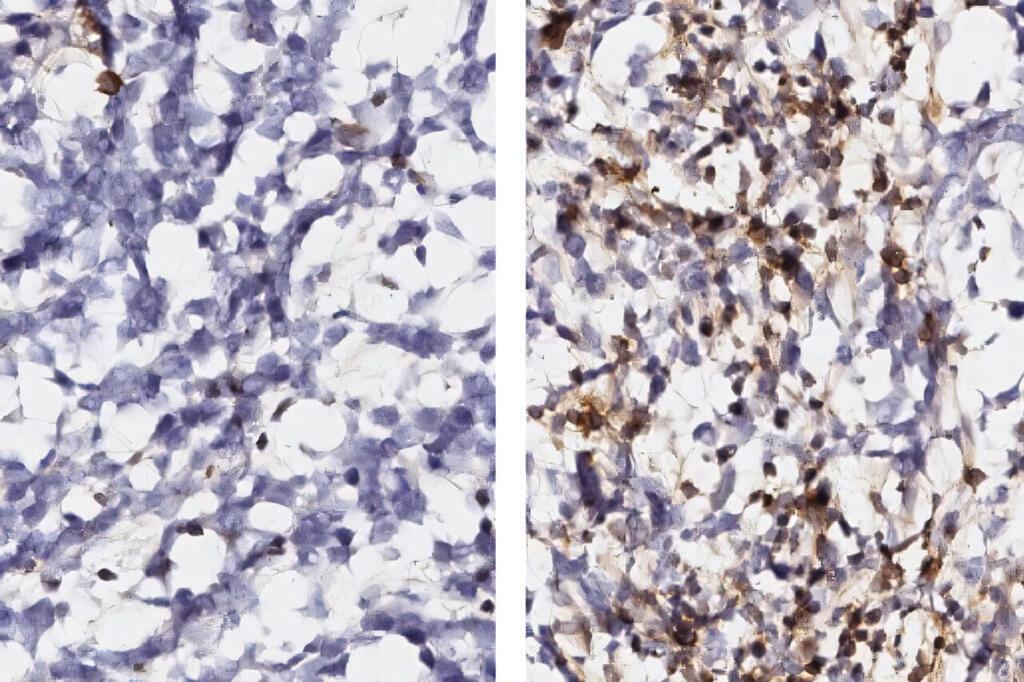
New immunotherapy targets for glioblastoma identified by mapping cell interactions
medicalxpress.com
Dec. 15, 2025, 10:50 a.m.
Glioblastoma is unusually resistant to attack by T cells, rendering immune checkpoint inhibitors ineffective. The culprit is a different immune cell, macrophages, which have been recruited to tumors, where they support tumor growth while suppressing the ability of T cells to infiltrate and attack tumors. A team of researchers led by Forest White at the MIT Koch Institute for Integrative Cancer Research used sophisticated immune profiling tools to map out how macrophages evolve from a first-line defense against cancer and other pathogens into a shield that protects the glioblastoma tumor—as well as how the tumor cells themselves are transformed by the encounter.
Share on

Modified herpes virus helps destroy glioblastoma in preclinical models
medicalxpress.com
Dec. 8, 2025, 9:27 a.m.
To overcome the barriers, researchers modified an HSV-1 virus to recognize markers found only on glioblastoma cells. They engineered the virus to express five different immunomodulatory molecules to help reprogram the tumor environment, including IL-12, anti-PD1, a bispecific T cell engager, 15-hydroxyprostaglandin dehydrogenase and anti-TREM2.Researchers also added safety mutations, or "off-switches," that prevent the virus from spreading to neurons or healthy central nervous system cells. So that the reach of the virus could be visualized on PET scan, the team inserted a gene that expresses a protein capable of trapping a PET-tracer molecule.
Share on
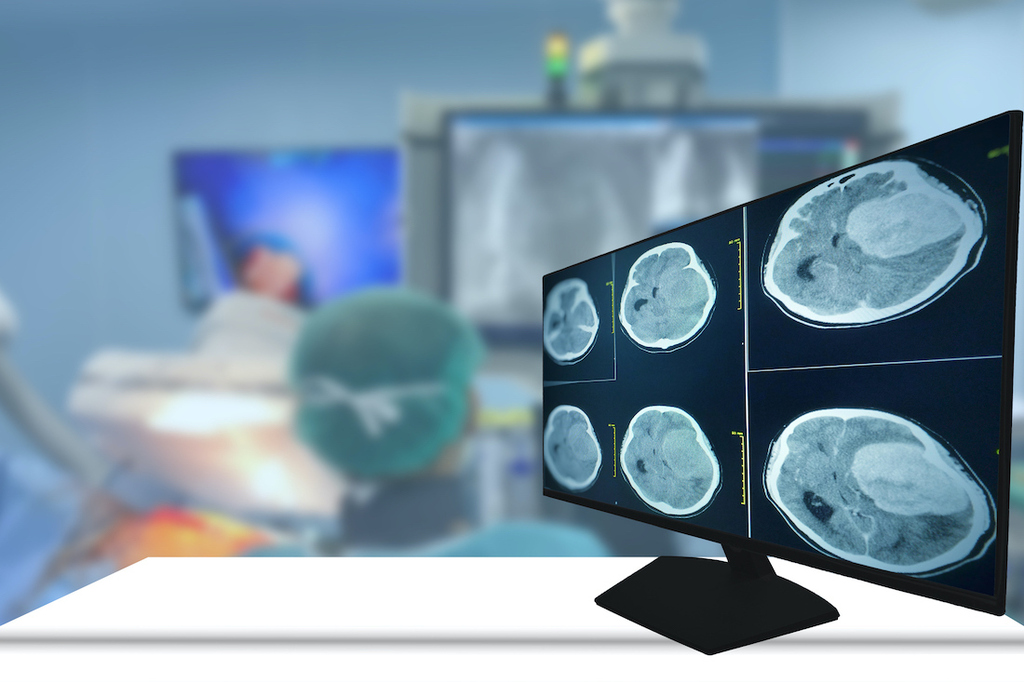
Retargeted oncolytic viruses engineered to remodel the tumor microenvironment for glioblastoma immunotherapy
www.nature.com
Dec. 8, 2025, 9:25 a.m.
A single intratumoral injection increased survival in GBM preclinical models, while promoting tumor-specific T cell, natural killer cell and myeloid cell responses in the TME. In summary, we engineered a retargeted, safe and traceable oncolytic virus with strong cytotoxic and immunostimulatory activities for GBM immunotherapy.
Share on

Craniopharyngioma – What’s next?
link.springer.com
Dec. 5, 2025, 6:44 p.m.
Professional expertise and the implementation of advanced diagnostic and therapeutic technologies significantly influence the prognosis of patients with CP. Establishing multicenter reference networks is essential to ensure standardized, high-quality treatment protocols and access to specialized care. Future efforts to improve clinical outcomes and quality of life in CP should prioritize an enhanced understanding of the molecular pathogenesis of the disease. This knowledge will be pivotal for the development of targeted therapies that effectively address tumor progression and hypothalamic involvement. Parallel advancements in surgical and radio-oncological techniques should focus on hypothalamus-sparing strategies, minimizing long-term neuroendocrine and metabolic sequelae. Additionally, there is a critical need for policy-level initiatives aimed at defining and implementing quality criteria for multidisciplinary CP management.
Share on

Evaluating the role of stereotactic radiosurgery in craniopharyngioma management
www.news-medical.net
Dec. 5, 2025, 6:42 p.m.
Stereotactic radiosurgery is a cornerstone in the multidisciplinary management of craniopharyngioma, particularly for residual or recurrent disease. It offers high rates of tumor control with a favorable toxicity profile compared to conventional radiotherapy. Ongoing technical refinements, combined with molecular insights and personalized treatment planning, promise to further improve outcomes and quality of life for patients with this challenging tumor.
Share on

Focused ultrasound combined with chemotherapy improves survival in glioblastoma patients
www.news-medical.net
Nov. 30, 2025, 9:07 p.m.
Patients with the deadliest form of brain cancer, glioblastoma, who received MRI-guided focused ultrasound with standard-of-care chemotherapy had a nearly 40 percent increase in overall survival in a landmark trial of 34 patients led by University of Maryland School of Medicine (UMSOM) researchers. This is the first time researchers have demonstrated a potential survival benefit from using focused ultrasound to open the blood-brain barrier to improve delivery of chemotherapy to the tumor site in brain cancer patients after surgery.
Share on

Intranasal nanomedicine shows promise against glioblastoma
www.news-medical.net
Nov. 24, 2025, 10:55 a.m.
Researchers at Washington University School of Medicine in St. Louis, along with collaborators at Northwestern University, have developed a noninvasive approach to treat one of the most aggressive and deadly brain cancers. Their technology uses precisely engineered structures assembled from nano-size materials to deliver potent tumor-fighting medicine to the brain through nasal drops. The novel delivery method is less invasive than similar treatments in development and was shown in mice to effectively treat glioblastoma by boosting the brain's immune response.
Share on

Glioblastoma immunotherapy trial: a new breakthrough
kevinmd.com
Nov. 24, 2025, 10:55 a.m.
Kayvon is the first person in the world to undergo natural killer (NK) immunotherapy as part of a clinical trial while also using the Optune Gio device, an electric field-generating device that is worn on the scalp and emits an electromagnetic field into the brain that has been found to disrupt cancer cell division. This innovative approach to an already innovative treatment option has produced results that are so positive, Hoag in Newport Beach, California, is now launching an extension of this phase 2, randomized clinical trial. The hope is that not only will more people benefit from this new approach, but that it will set a new standard of care for this rare but incurable cancer.
Share on

New insights into glioblastoma survival linked to brain fluid dynamics
www.news-medical.net
Nov. 17, 2025, 2:05 p.m.
Patients with healthier fluid circulation-higher ALPS values and lower FW levels-lived significantly longer than those with impaired flow. Remarkably, these patterns were seen in the contralateral hemisphere, the side of the brain opposite the tumor, highlighting that even areas appearing normal on scans may be affected.
Share on
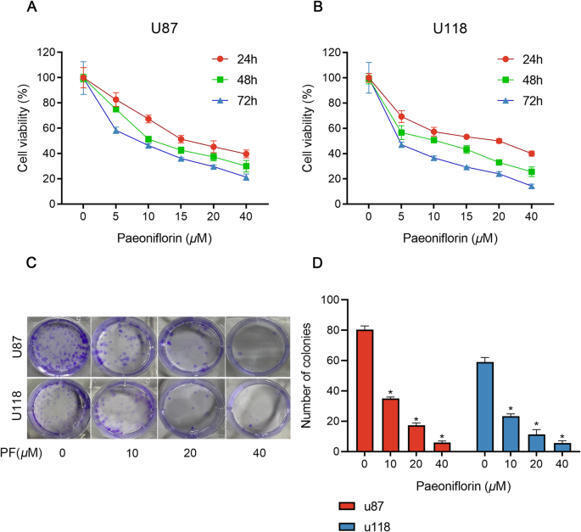
Paeoniflorin inhibits glioblastoma proliferation and promotes autophagy through the AKT/mTOR pathway
www.nature.com
Nov. 3, 2025, 9:25 a.m.
PF induced autophagy and apoptosis in a dose-dependent manner in two human GBM cell lines (U87 and U118), inhibited cell proliferation, migration, and invasion, and caused cell cycle arrest. Further investigation of the mechanism underlying PF-mediated autophagy and inhibition of GBM cell growth showed that PF upregulated the autophagy-related proteins LC3B and P62 and downregulated P-AKT and P-mTOR, which may be involved in the regulation of autophagy. Treatment with an activator of AKT restored the expression of these proteins. The results indicate that PF induces autophagy and apoptosis through the AKT/mTOR pathway, suggesting its potential as a novel treatment for GBM.
Share on
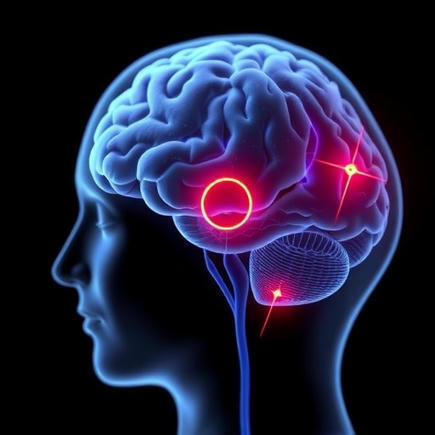
Breakthrough in Glioblastoma Treatment: Implantable “CANDI” Wafer
bioengineer.org
Nov. 3, 2025, 9:24 a.m.
The central challenge tackled by this research lies in the immunosuppressive nature of myeloid cells—immune cells abundant within glioblastoma tumors—that often dampen the body’s natural anti-cancer responses. These myeloid cells form a protective milieu that enables residual cancer cells to evade destruction after surgical excision, contributing to tumor recurrence. The research team asked whether reprogramming these immune cells immediately after tumor resection could convert this suppressive environment into a pro-inflammatory, cancer-fighting one.
Share on

Implantable 'CANDI' wafer shows promise for preventing glioblastoma recurrence
medicalxpress.com
Nov. 3, 2025, 9:23 a.m.
The paper, "Targeting immunosuppressive myeloid cells via implant-mediated slow release of small molecules to prevent glioblastoma recurrence," is published in Nature Biomedical Engineering and was authored by Yannik Kaiser, MD-candidate, and Ralph Weissleder, MD, Ph.D., of the Center for Systems Biology at Massachusetts General Hospital and Harvard Medical School.
Share on

Innovative Radiofrequency Therapy Inhibits Glioblastoma Progression
bioengineer.org
Oct. 20, 2025, 11:15 a.m.
This pioneering approach harnesses low-intensity radiofrequency waves, meticulously tuned to frequencies characteristic of glioblastoma tumors, to disrupt cancer cell growth and division, offering fresh hope for patients facing limited options.
Share on

Biomarker Analysis Reveals Clues to Long-Term Survival in Glioblastoma Patients Treated with SurVaxM
www.newswise.com
Oct. 20, 2025, 11:13 a.m.
Results of a study led by researchers at Roswell Park Comprehensive Cancer Center are shedding light on why some newly diagnosed aglioblastoma patients survive longer than others after receiving standard treatment in conjunction with the therapeutic brain cancer immunotherapy SurVaxM. The team’s findings, newly reported in the journal Cancer Immunology & Immunotherapy, linked long-term survival to the tumor’s molecular characteristics prior to treatment.
Share on

Study identifies key metric for safe blood brain barrier opening in glioblastoma patients
www.news-medical.net
Sept. 1, 2025, 12:39 p.m.
The blood-brain barrier-a feature of blood vessels that protects the brain from harmful substances-is so good at its job that it poses a serious obstacle to treating brain cancer. To deliver therapeutic treatments across the blood-brain barrier (BBB), researchers at Mass General Brigham have been working for decades on a technique known as focused ultrasound, which uses low-power ultrasound technology combined with microbubbles. In a new study, researchers at Mass General Brigham collaborated with colleagues at University of Maryland School of Medicine (UMSOM) to analyze results from ultrasound treatments delivered to 23 patients. Results published in Device identify a key metric-known as acoustic emission dose-which can predict how well the BBB opened, identifying a sweet spot that the team used for treating patients.
Share on

Astuce Spain celebra la decisión del Gobierno de incluir los TTFields en la cartera de servicios comunes para pacientes con glioblastoma
www.elplural.com
Sept. 1, 2025, 12:39 p.m.
La inclusión de los TTFields en la cartera común abre la puerta a que nuestros pacientes tengan acceso a una terapia innovadora que ya forma parte del estándar en muchos países de referencia. El reto ahora está en que el estudio de monitorización se ponga en marcha de manera ágil y con la participación de centros de todo el país, para garantizar que el beneficio llegue a todos los pacientes que lo necesiten. Además, debemos aprovechar esta oportunidad para seguir impulsando la investigación clínica y traslacional en tumores cerebrales porque solo a través de la ciencia podremos seguir mejorando el pronóstico de estas personas.
Share on
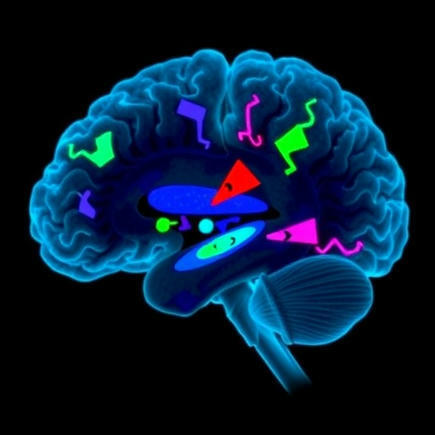
ROCK Inhibition Halts Glioblastoma by Targeting PI3K/AKT
bioengineer.org
Aug. 8, 2025, 1:15 p.m.
In a groundbreaking study poised to redefine therapeutic strategies for one of the most aggressive brain tumors, researchers have uncovered a pivotal molecular mechanism by which ROCK inhibition suppresses glioblastoma progression. This research highlights the intricate relationship between ROCK signaling and the tumor suppressor PTEN, shedding light on a cascade that ultimately downregulates the notorious PI3K/AKT pathway, a critical driver of glioblastoma malignancy. The findings not only offer promising therapeutic avenues but also deepen our molecular understanding of glioblastoma’s resilience and invasiveness.
Share on

CAR T-Cell Therapy: Advances in Blood and Solid Cancers
bioengineer.org
Aug. 8, 2025, 1:08 p.m.
Despite triumphs in blood cancers, the application of CAR T therapy in solid malignancies remains fraught with barriers. Solid tumors pose a complex immunosuppressive microenvironment that hinders T-cell infiltration and persistence. Moreover, the antigenic heterogeneity and physical stromal barriers limit effective targeting by CAR T-cells. Unlike hematologic tumors, the lack of a universally expressed tumor-specific antigen presents a challenge in avoiding on-target off-tumor toxicity, where normal tissues expressing low levels of the target antigen could be damaged. Sophisticated CAR designs targeting multiple antigens or employing logic-gating methods are under investigation to improve specificity and reduce adverse effects.
Share on